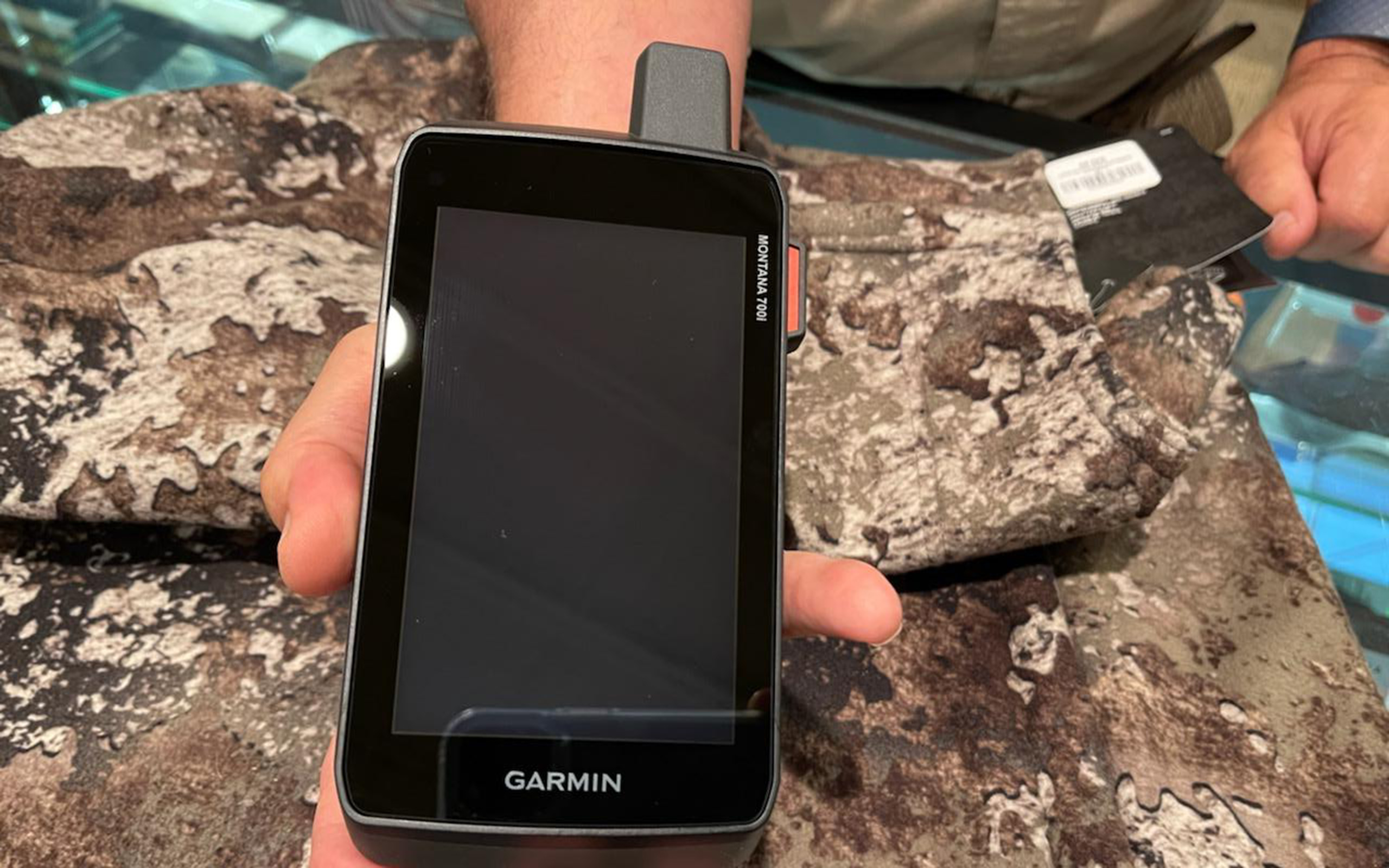
June through November comprises the busiest time for Maine sportsmen and women, with unlimited outdoor options available. Fishing, hunting, boating, hiking, target shooting, camping, RV and ATV travel are in full swing with many seasons and opportunities to be explored and enjoyed.
Roughly 80 percent of the thousands of outings will take place without a problem. About 12 percent will experience a minor hiccup or wrinkle in travel, equipment or location that is bothersome but doesn’t ruin the trip. That final 8 percent, however, can be life-changing for the outdoor folks involved. Incidents and accidents occur that may require on-the-spot use of a first aid kit, a trip to the nearest urgent care or emergency room or, worse yet, a call for an ambulance.
Few of us think about, let alone prepare for an accident or unexpected health issue during an outdoor venture. The younger you are the more true this is, but with age comes experience, some wisdom and more caution.
Every sportsperson needs a backup plan, an emergency contact and safety option, just in case. Modern technology has gifted us with some wonderful choices that need to be considered and explored, and these go far beyond a first aid kit, a limited item survival pack and a few basic tools in the vehicle or travel backpack. The most common lifeline is a cell phone, but many folks don’t carry one on woods and waters ventures and there’s just no service available in many remote regions.
A simple instrument called a compass has guided people around the world for centuries. Throughout Maine’s existence, that magnetic arrow has directed woods and water adventurers into unexplored regions and safely back home many millions of times. I used one for decades. Then in the early 90s a new device came into the spotlight, and there’s been a global positioning satellite device along on my outdoor ventures ever since.

This black bear was shot at dusk and managed to run a long distance into some very thick forest. Using his handheld GPS device, the author was able to find the shortest path back to the nearest road and his vehicle, saving a lot of backbreaking effort dragging the big bruin. (Courtesy of Bill Graves)
Over the last 30 years I’ve done a lot of testing and evaluation of multiple name brands and types of handheld GPS units; and there have been a magnitude of advances and upgrades. For dependability, ease of operation, durability and a compact, lightweight GPS device, the ones created and produced by Garmin are top of line and my go-to choice.
My current model is the Montana 750i, the top of three Montana models and my selection from over two dozen other handheld products from the brand. For outdoorsmen who own older GPS units or have not checked out newer updates, you will be amazed at the advancements that make travel simpler, safer and might save your life. My 750i is roughly the shape and weight of a full-size cell phone, but more rugged, durable and dependable.
The 5-inch dual-orientation touch screen can even be operated while wearing gloves and has a tough armor casing that meets military standards for heat, shock, vibration and water resistance. More than exacting woods navigation for hunters and pinpointing prime, proven fishing locations on lakes and rivers for anglers, there are road maps, city street maps and even topographical maps as well as satellite overviews.
The rechargeable lithium-ion battery yields more than 18 hours of full-capacity GPS mode usage, more when certain features are turned off. There’s also connectivity through the Garmin Connect app that provides up-to-date weather in your exact location. The most important two features of the 700 series units are the ability for others to track and locate the user and for the user to exchange texts, post to social media or send an SOS message for emergency aid via the 100 percent global iridium satellite network 24/7, regardless of location.
The device also features an 8 MP camera and an app that syncs with certain electronic dog collars, so trainers and hunters always know where their canine companions are. This is especially important if a dog runs off or becomes lost. The technology of current GPS models goes so far beyond navigation and location tracing it is mind-boggling. While most outdoor-oriented folks will enjoy the basic tools of a new GPS on a day-to-day basis, a handful will eventually have their lives saved by the far-reaching, ever-present satellite-linked piece of equipment. We try not to think about those possibilities, but how many sportsmen would be alive today if they owned and used a GPS? And how do you put a price on your future?
For part two of this article in a couple of weeks, I’ll review other electronic options for those outdoor adventurers who don’t require a full-feature GPS, but would like to carry along an emergency contact device for peace of mind for self and family.







